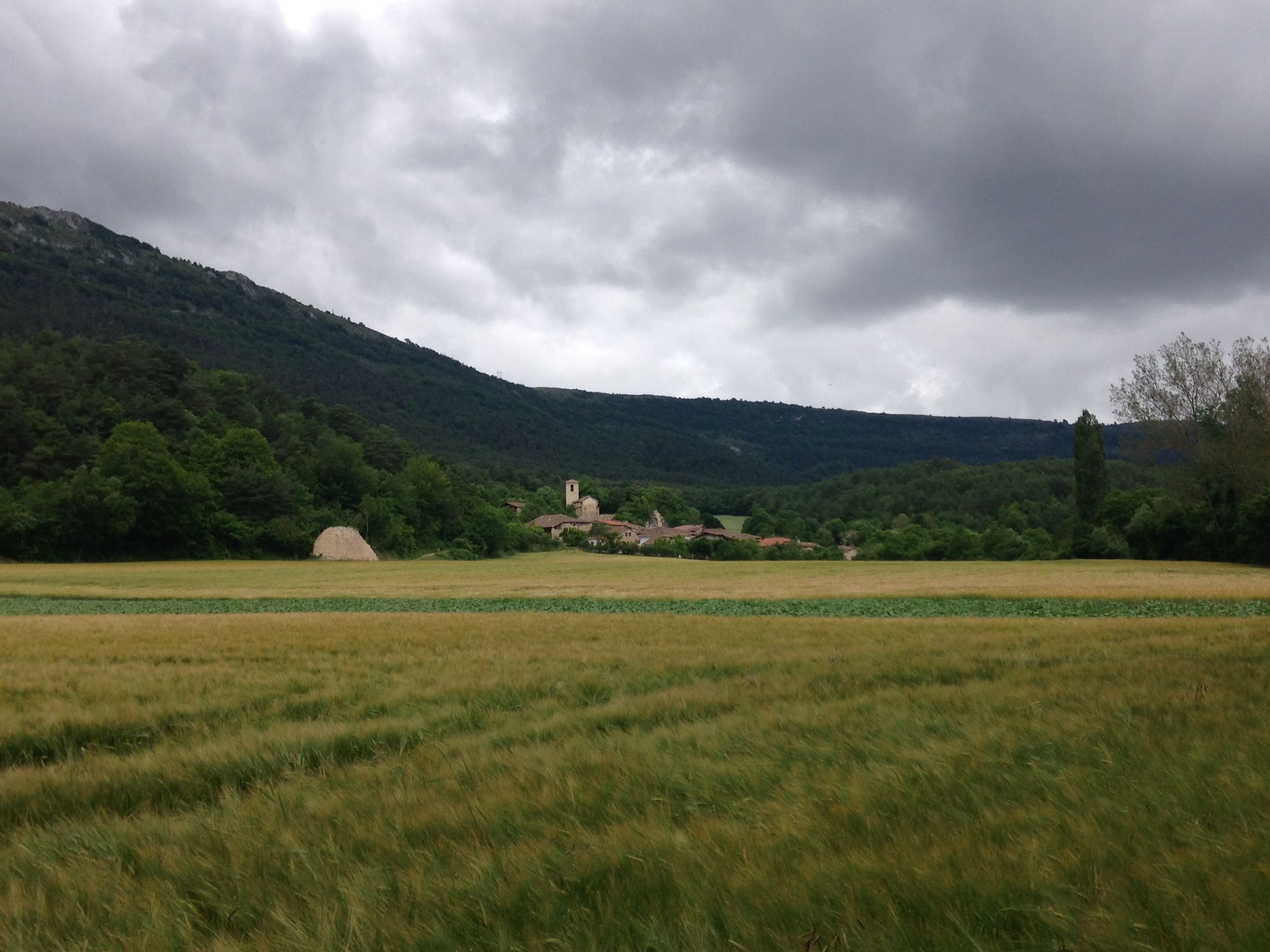Soup, food there
- Ottoman empire, 1330. Sultan Murad I formed a group of edibles (in Turkish the word yeniçeri means new soldiers), with infantry soldiers specially trained for the Sultan and the royal palace. This kind of pretorian guard, at first, was composed of young Christian prisoners and adolescents from villages subjected to it. Besides the close physical training, the children were taught Muslim religion, languages, literature and many other aspects, they could not marry and were the personal property of the Sultan. These foreigners thus formed the first permanent Ottoman army. Later, in 1594, Sultan Ocak would give the Turks the possibility of voluntarily enrolling in the grocery group.

But the first forced foods, thanks to the techniques of domination, strict discipline and targeted education, had established a special bond of loyalty among them. As usual in elite military groups, they were strictly organized and structured. However, the basis of this structure was unusual: soup.
The military body was divided into forks or regiments. At the front of each of them was the distributor of bachis or tchorbadji soup, at the height of the crowns. Underneath it, the head of the kitchen or achi, the captain. Then came the lieutenant, a pocket, or a pendant. The typical edible cap, called bork, was decorated with a spoon (the hats that would later adorn with feathers, flowers and other objects), as all members of the regiment were “diners” and their banner consisted of a bronze cauldron, called kazan. For canteens, the greatest humiliation was the loss of the Kazan or the elimination of enemies. They regarded the regiment without a cauldron as a cowardly and incapable.
During the march, they took the Kazan to the head of the regiment and, in the camp, placed the cauldron in front of the tent of the souvenir shop to indicate the place where his troops were to be concentrated. Every day, except on Fridays, two supplies carried the pearl hanging from a stick, a third followed it, with a big wooden spoon, and from shops distributed the soup. Friday was a day of obedience and loyalty to the Sultan, and the food, with the cubes in hand, went to the Sultan's kitchens to fill them with food. The Sultan was for them “the father who gives us food.” But not always; when the sultans opposed any decision made, they did not arrive in time or refused to fill the cube. This represented a return hazard for the Sultan. Dining rooms were not the submissive subjects of the past.
In the 19th century, they were so powerful that they tried to dismiss the Sultan. They did not achieve the goal and Mahmud II.ak ordered the disassembly of the army, after the head of the formation executed it.
Zamora, late 10th century. On the banks of the Douro River and outside the city walls the church of Santiago de los Caballeros was built. The inside capitals of the church depict varied scenes with sexual content: an orgy, a naked woman holding the penis of a man… in the... [+]
In the fall of 1415 the battle of Agrincourt erupted between England and France, one of the most decisive wars of the Hundred Years War. To this end, when Henry V, king of England and lord of Ireland, decided to send his army to France that summer, the soldiers landed on the... [+]
Toledo, 1272-1280. Alfonso X of Castile gathered 427 monomedical songs dedicated to the Virgin. The Cantigas de Santa Maria constitute one of the most important musical and literary collections of the Middle Ages, but being decorated with the miniature cantiga, these... [+]
The European Middle Ages are generally depicted as a dark era. We relate it to delay, violence, belief and tyranny. Those who lived that time are considered barbaric and ignorant. Its name is also significant, because it is contemptible: as a time of little importance that... [+]
Venice, 24 April 1459. The monk and cartographer Fra Mauro finished the map of his world in his cartography workshop in the monastery of San Michele in Murano. This work was done on behalf of the Portuguese king Alfonso V.aren and, once the map was completed, it was sent to... [+]
Rome, April 1215. IV. In the Council, the Catholic Church prohibited the surgery of priests and monks, among others. Also in previous councils, Reimsen and Tours, they worked on the issue, arguing that only legataries had to deal with saving souls and that they had to avoid the... [+]
Venice, 8 January 1324. The famous traveler and merchant Marco Polo died at the age of 70. About to die, the people gathered in the area asked him to recognize that what was told in the book Description of the World was a fiction, but the last words of the traveler were: “I... [+]
Até agora considerouse que os estribos e celos fundamentais para o uso dos cabalos inventáronse en China cara aos séculos V ou VIN. Pero na cova de Urd Ulaan Unet, en Mongolia, atópase máis antigo, do século IV. O bidueiro da zona está feito de madeira, polo que non é... [+]

























